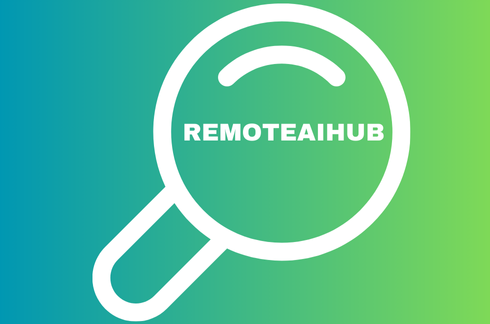AI-Powered Productivity: Your Path to Workflow Mastery

Ever spent hours on tasks that should take minutes? Yeah, me too. Back in 2021, I was drowning in spreadsheets for a marketing campaign—staying up until 3 AM manually sorting data. Complete nightmare. That’s when I finally broke down and embraced AI tools. Changed everything.
Look, I’m not some tech guru—I’m just someone who got tired of the grind. And what I discovered transformed how I work. Let me share the real deal about using AI to supercharge your productivity without the buzzword nonsense.
First, Figure Out What’s Actually Slowing You Down
Before downloading the latest shiny AI app everyone’s raving about, take a hard look at your workday. Where are you wasting time? What tasks make you want to bang your head against the wall?
I used to spend HOURS writing follow-up emails. Like, ridiculous amounts of time tweaking the wording for each client. Now? I have an AI template that captures my tone but saves me from staring at a blank page. But I only discovered this solution by identifying the actual problem first.
Keep a work journal for a week—seriously, just jot down what’s eating your time. You’ll spot patterns. (I was shocked to discover I was spending 40% of my day just organizing information across different platforms!)
Pick Tools That Actually Solve YOUR Problems
The AI tool landscape is a mess right now—everyone claiming they’ll revolutionize your life. Cut through the noise.
For my content work, I found that scheduling tools with built-in AI analytics saved my sanity. But my developer friend swears by completely different AI assistants that help with code reviews.
Some real-world examples from my experience:
- When I needed to summarize hours of meeting recordings, Otter.ai was a game-changer
- For managing my chaotic project timelines, ClickUp’s AI features helped predict bottlenecks before they happened
- And yes, I use AI writing tools—but mainly for outlining and editing, not creating the whole piece (learned that lesson the hard way after publishing some embarrassingly robotic content)
The point? Don’t force-fit popular tools into your workflow. Find what addresses YOUR specific headaches.
Stay in the Loop (Without Drowning in Info)
I used to subscribe to about 15 different AI newsletters. Big mistake. Information overload is real, folks.
Now I’ve narrowed it down to just two weekly newsletters and one Reddit community where real people share what’s actually working. Quality over quantity.
My approach: whenever I hear about a new AI tool, I add it to a “maybe later” list rather than immediately trying it. Then once a month, I review the list and only check out the ones that still seem relevant to my problems.
This saved me from the “shiny object syndrome” that had me constantly switching tools and never mastering any of them. (Anyone else guilty of this? Just me?)
Start Small or You’ll Crash and Burn
When I first discovered AI tools, I tried implementing EVERYTHING at once. Complete disaster. My productivity actually dropped because I was spending all my time learning new systems.
Instead, pick ONE task to automate. Master it. Then move on to the next.
My first success was using AI for email management—it sorted and prioritized messages based on patterns it learned from my behavior. Small change, big impact. Once that became second nature, I moved on to using AI for content outlines, then research assistance.
Sometimes You Need to Mix and Match
Here’s a truth bomb: no single AI tool does everything well. Sorry, but that’s just reality.
I’ve created my own Frankenstein system—connecting different AI tools through Zapier and other integrations. For instance, my note-taking app feeds into my AI research assistant, which then connects to my project management tool.
It took some tinkering (and maybe a minor meltdown or two), but now information flows automatically between systems instead of me manually copying and pasting all day.
The bottom line? AI should work FOR you, not the other way around. If it’s adding stress instead of reducing it, you’re doing something wrong.
Try these approaches, adapt them to your situation, and watch your productivity transform. And when you inevitably hit snags (trust me, you will), remember that perfect is the enemy of good enough. Start somewhere, improve as you go, and enjoy having those hours of your life back!
